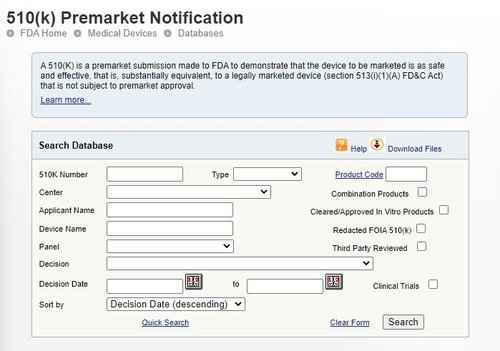A fast growing field
A lot has happened in the past years in the space of artificial intelligence (AI) for radiology. In 2015 the discussion was still mainly about whether deep learning would be capable of performing on par with radiologists at some isolated tasks. Today, only six years later, there are more than 170 applications cleared for the European market and hospitals are widely experimenting with them.
As the market is so dynamic and fast growing, it has become difficult to stay informed about what solutions are available for which problems. Let alone, figuring out what products to buy and implement as a radiology department. Our aim is to provide more transparency in the field of AI and radiology, making market analysis and procurement for these types of products easier.
Creating an overview
Therefore, the first goal was to create an overview of what AI products are commercially available. This may sound trivial (‘some googling will do the job’), but it is far from that. Let me explain.
An AI product is available for clinical use when cleared by the regulatory authorities. For the United States, the Food & Drug Administration (FDA) is responsible for regulating medical devices (including medical software). They maintain a database, freely accessible and searchable showing a summary report of the product, the intended use of the product and the evidence on which the clearance was based.

The interface of the public FDA database for searching products that have 510(k) clearance.
In Europe, a CE mark is necessary for products to be clinically used. Unfortunately, until now †, there is no public registry of products that have such CE marking, making it difficult to find out which products are still in development, or only available in other regions, and which are available for clinical use in Europe.
By online search, reviewing conference exhibitors, keeping track of press releases and emailing many vendors, we have been able to gather a - still growing - list of over 170 (at the time of writing) AI products for radiology available in Europe which can be found on our website www.AIforRadiology.com.
Apart from making it easier to find the right product, having all this information also allows us to learn more about the landscape of AI in radiology software in general. This spring, our paper‡, that discusses the first 100 products we included in this overview, was published in European Radiology.

Read the full paper here.
What the products do
In the paper, we first described what the market looks like. We considered the subspecialities and modalities the products address, but also whether the product is available through a cloud or local installation, and what the business model looks like. The first is information one may easily find online, but the latter is already more difficult. The majority of vendors helped us by providing this information.

Product characteristics of 100 AI products in radiology based on subspeciality, modality and main functionality.
As for the product characteristics, the most popular subspecialities (chest and neuro) and modalities (CT, MR and X-ray) addressed by vendors are in line with the general workload in clinical practice. For abdominal radiology there is still a wide open market with only a few AI solutions. Probably the heterogeneity of this body part makes automated image analysis challenging.
For some areas there is already an abundance to choose from. A few examples are chest X-ray abnormality detection or triage (13), brain region or lesion quantification on brain MR (23), and breast cancer detection on mammograms (9) (based on overview status in August 2021). In case you are thinking of starting a company for one of these cases, you may want to reconsider…
How the products are deployed and priced
Connecting medical data to the cloud is by some healthcare organizations perceived as the future standard, while others may perceive it as dangerous and try to stay as far away from it as possible. This is reflected in how the products are offered. Most vendors choose to offer the product both with a local installation as a cloud installation.
Then the pricing model. Also there we see many vendors hedge their bets and offer both contracting options: subscription based and pay-per-use.

Deployment and pricing strategy of 100 AI products for radiology. The majority of vendors offer multiple options to serve the wishes of their clients.
To conclude
Together with major help from the vendors we keep the website up to date to keep the whole industry - radiologists, vendors, investors, governmental bodies, health insurers, researchers and more - informed. Would you like to get a regular update on the changes in the market, latest relevant scientific papers, and new blogs? Subscribe to our newsletter!
†The European Commission has announced the launch of such a public registry called EUDAMED. It has been postponed a few times and a part of the modules is expected to become available in fall 2021.¶
‡ Read the publication here. van Leeuwen, K.G., Schalekamp, S., Rutten, M.J.C.M. et al. Artificial intelligence in radiology: 100 commercially available products and their scientific evidence. Eur Radiol 31, 3797–3804 (2021).¶